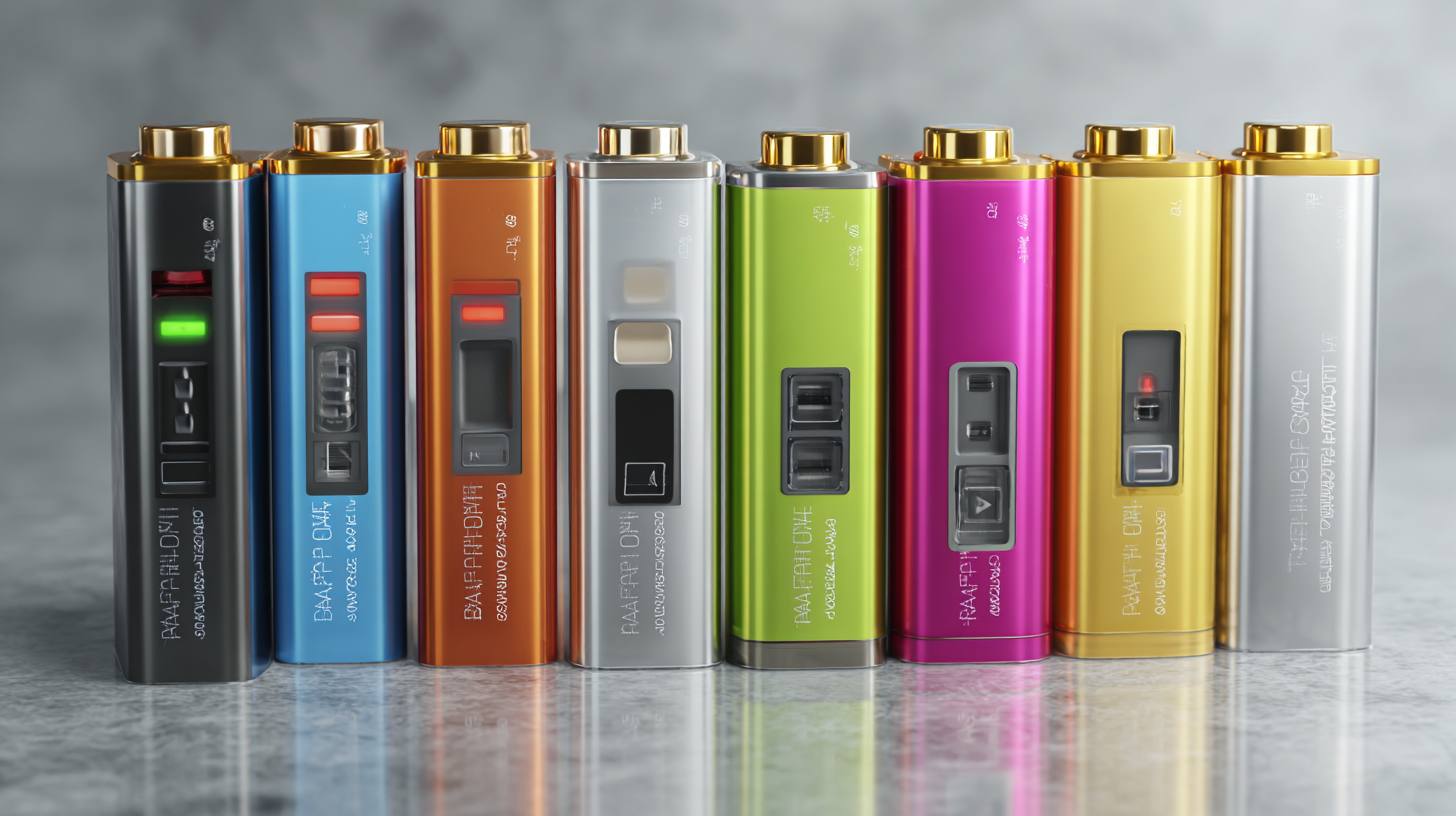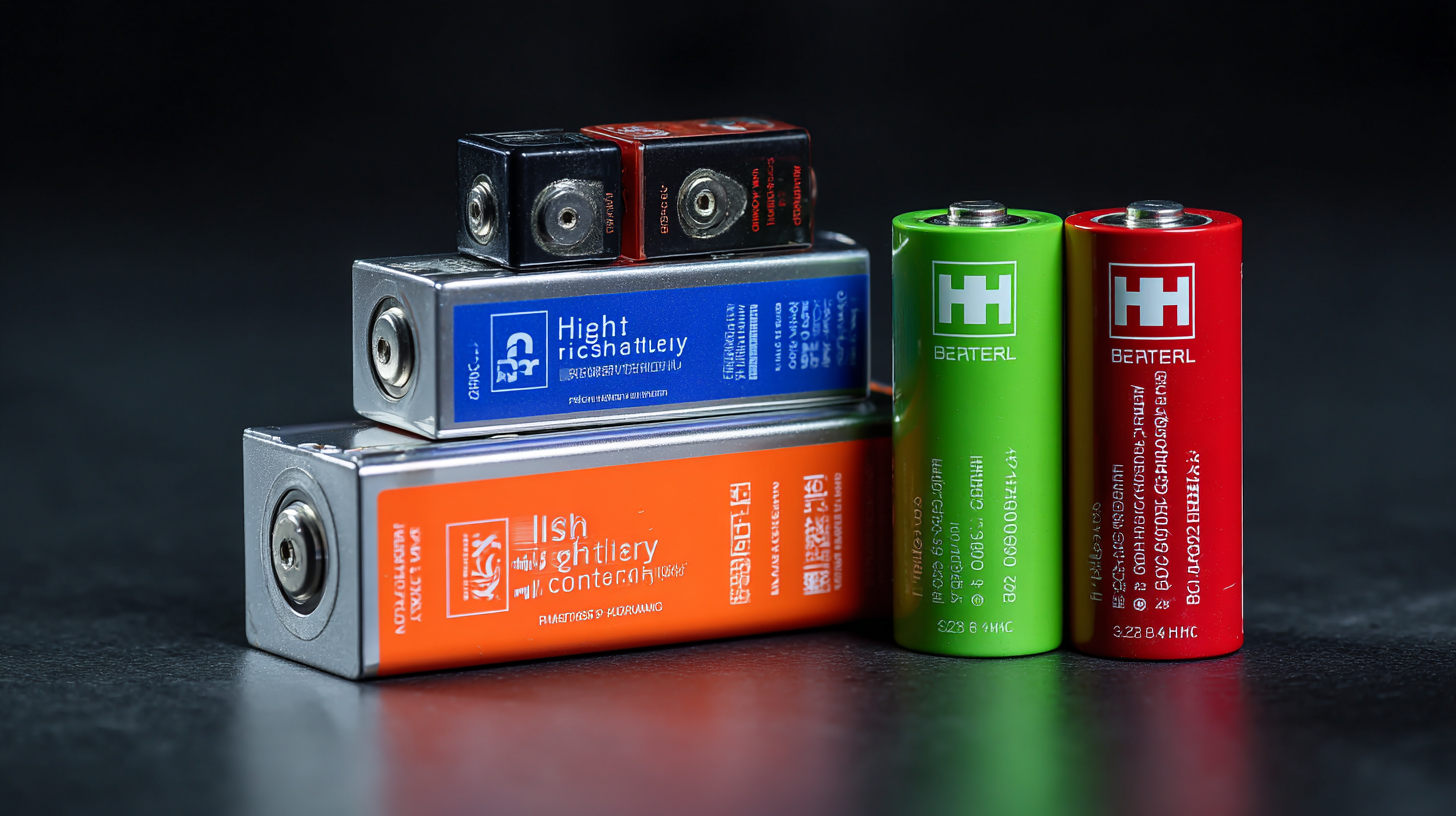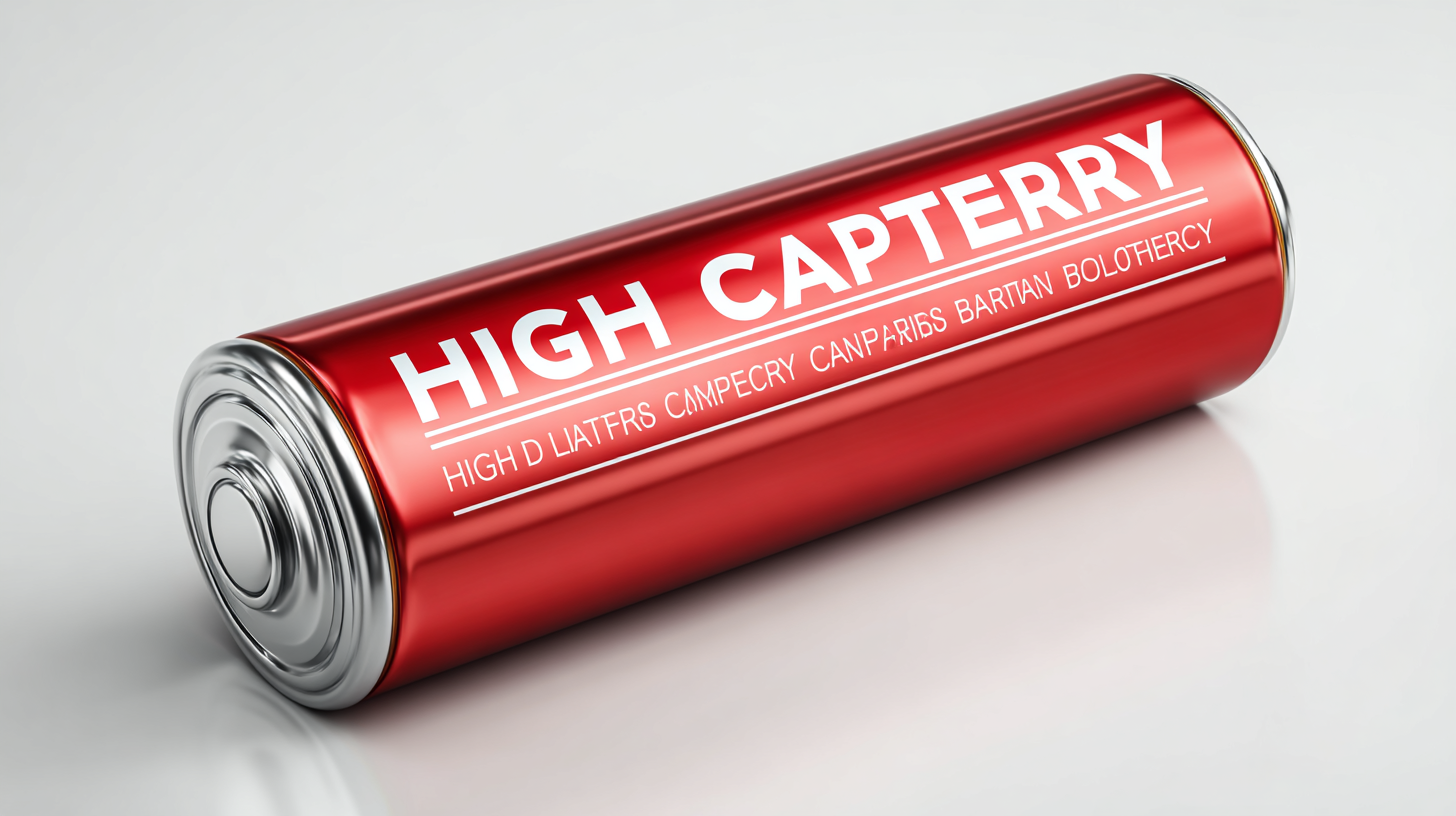As the demand for sustainable energy solutions continues to rise, the importance of high-capacity lithium batteries has become increasingly evident. According to the latest report from the International Energy Agency (IEA), the global lithium-ion battery market is expected to reach a staggering $100 billion by 2025, driven primarily by the electrification of transportation and the growing need for renewable energy storage. This surge highlights the necessity for businesses and consumers alike to seek quality suppliers who can provide reliable, high-capacity lithium battery solutions.
 Understanding how to identify these suppliers and implement effective strategies is crucial for optimizing energy solutions in both residential and commercial applications. In this ultimate guide, we will explore key factors to consider when choosing a supplier, along with top strategies for maximizing the benefits of high-capacity lithium batteries.
Understanding how to identify these suppliers and implement effective strategies is crucial for optimizing energy solutions in both residential and commercial applications. In this ultimate guide, we will explore key factors to consider when choosing a supplier, along with top strategies for maximizing the benefits of high-capacity lithium batteries.
The global market for high-capacity lithium batteries is experiencing significant growth, driven by the increasing demand for sustainable energy solutions and advancements in battery technology. As highlighted in recent market research, the Battery as a Service sector alone is expected to reach a remarkable USD 9.20 billion by 2034, growing at a compound annual growth rate (CAGR) of 20.34%. This trend underscores the vital role that high-capacity lithium batteries play in various applications, from electric vehicles to renewable energy storage systems.

Moreover, the lithium-sulfur battery market is projected to see a robust expansion, with a CAGR of 25.5% anticipated from 2024 to 2030. As industries strive for greener alternatives, the demand for these high-capacity batteries is expected to surge, offering enhanced energy density and efficiency compared to traditional lithium-ion counterparts. With such momentum, the battery market not only reflects a growing trend in energy storage solutions but also highlights the technological innovations paving the way for more reliable and efficient energy systems in the future.
When evaluating high-capacity lithium batteries, understanding key technical specifications is crucial for selecting the optimal energy solution. Battery capacity, typically measured in ampere-hours (Ah), indicates how much charge a battery can store. A higher capacity means longer run times for devices, making it essential for applications requiring sustained power, such as electric vehicles or renewable energy storage systems. However, it's important to match the battery capacity with the device's energy consumption to ensure efficiency and longevity.
Voltage is another vital parameter that significantly influences performance. Lithium batteries generally come in various voltage ratings, often ranging from 3.2V to 3.7V per cell. The required voltage will depend on the specific application; using a battery with the incorrect voltage can lead to subpar performance or even damage to the device. Additionally, cycle life, defined as the number of complete charge and discharge cycles a battery can undergo before its capacity drops to a certain percentage, is critical for longevity. Selecting a battery with a favorable cycle life will ensure that it meets long-term energy needs without frequent replacements, ultimately saving both time and costs over the battery's lifespan.

In the rapidly evolving world of energy storage, a comparative analysis of leading lithium battery manufacturers reveals significant innovations driving optimal energy solutions. A recent report by BloombergNEF indicates that the global lithium-ion battery market is projected to reach $150 billion by 2025, fueled by advancements in capacity and efficiency. Manufacturers such as CATL, LG Energy Solution, and Panasonic have introduced novel technologies that enhance energy density, thereby increasing the overall performance of battery systems in applications ranging from electric vehicles to renewable energy storage.
One key trend is the development of solid-state lithium batteries, which promise greater safety and higher energy densities than their liquid counterparts. According to research from the International Energy Agency, transitioning to solid-state technology could lead to batteries with up to 50% more capacity while reducing the risk of thermal runaway. This innovation not only boosts performance but also promotes a sustainable energy future by extracting more energy from less material.
**Tips:** When choosing a lithium battery, consider both the capacity and discharge rate, as these factors significantly influence performance for specific applications. Additionally, staying updated on new technologies and manufacturer innovations can help identify the best energy solutions tailored to your needs. Always evaluate warranties and support services offered by manufacturers to ensure long-term reliability of your investment.
| Battery Type | Capacity (Ah) | Cycle Life (Cycles) | Energy Density (Wh/kg) | Charging Time (Hours) | Weight (kg) |
|---|---|---|---|---|---|
| Lithium Iron Phosphate (LiFePO4) | 100 | 2000 | 120 | 4 | 12 |
| Lithium Nickel Cobalt Manganese Oxide (NCM) | 50 | 1500 | 250 | 2 | 8 |
| Lithium Cobalt Oxide (LCO) | 40 | 1200 | 200 | 1.5 | 5 |
| Lithium Manganese Oxide (LMO) | 60 | 1500 | 180 | 3 | 7 |
| Lithium Polymer (LiPo) | 80 | 1000 | 250 | 1 | 3 |
As the demand for lithium batteries surges, addressing the environmental and health risks associated with their production becomes increasingly critical. The extraction of lithium often involves intensive resource consumption, such as the staggering 500,000 gallons of water required for a single electric vehicle battery. These practices highlight a paradox where the need for clean energy transitions can inadvertently contribute to environmental degradation. However, advancements in eco-friendly mining practices are emerging as a viable solution, promoting sustainable approaches to lithium extraction that align better with global sustainability goals.
The push for lithium independence in the United States emphasizes the adoption of responsible resource development methods. Utilizing innovative technologies, the industry is now capable of minimizing its ecological footprint while satisfying the growing global demand. Initiatives such as direct recycling of retired lithium-ion batteries and efficient recovery from spent battery materials are pivotal in establishing a circular economy. These processes not only reduce waste but also support a sustainable approach to lithium sourcing, ensuring that the future of energy storage remains aligned with eco-friendly practices and the overall health of our planet.
The growing demand for lithium batteries, particularly in the electric vehicle (EV) sector, is reshaping the energy landscape. With the global electric vehicle battery pack market projected to surge to approximately $1.88 million by 2032, there is a critical need to innovate in battery manufacturing processes. The current paradigm emphasizes high consistency, efficiency, and yield while minimizing costs. Emerging technologies in lithium battery production are expected to play a pivotal role in meeting these demands.
Research shows that addressing over 2,000 control nodes within the lithium processing stage can unlock significant enhancements in battery performance. By focusing on eliminating core pain points in the production chain, manufacturers can improve not only the efficiency of battery cells but also enhance their longevity and sustainability. As we move towards a greener future, leveraging advancements in lithium battery technology will be essential in ensuring that these energy solutions remain viable and competitive in an increasingly electrified world.
This chart illustrates the increase in energy density of high capacity lithium batteries over the past six years. As emerging technologies evolve, we expect further enhancements in efficiency, promising a brighter future for sustainable energy solutions.


